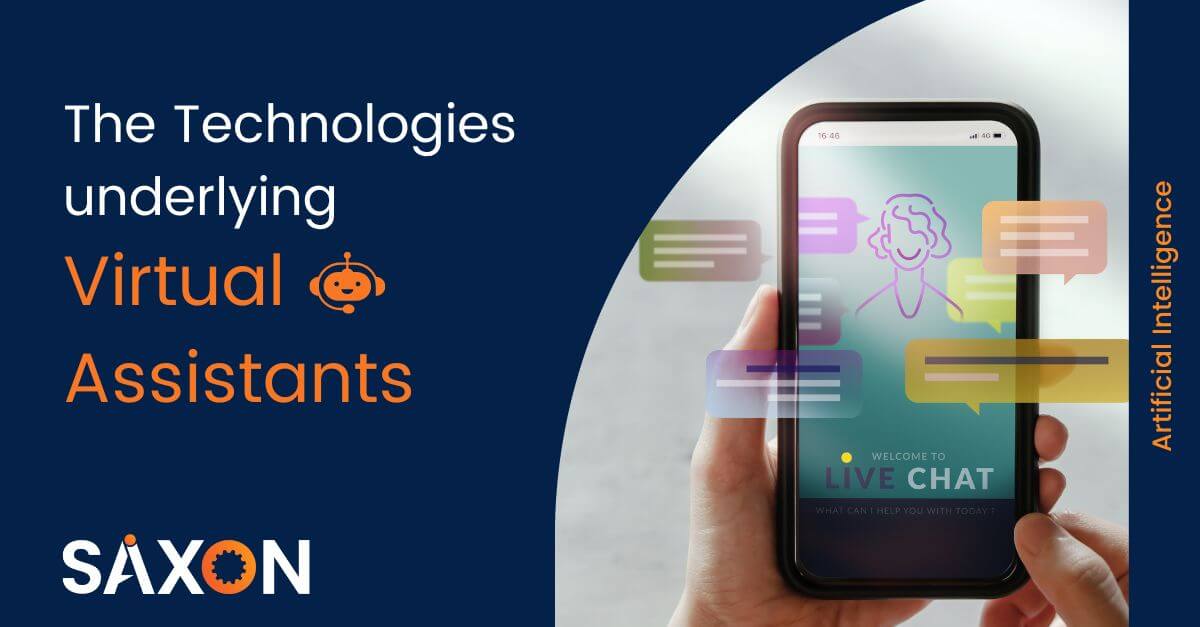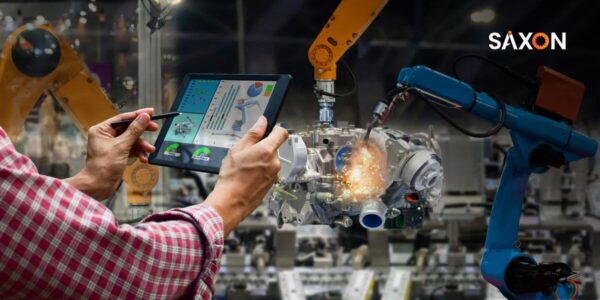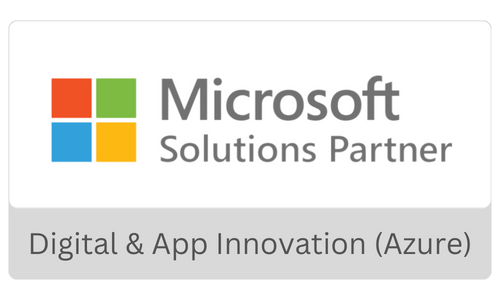Every smartphone we use today has virtual assistants. We call them Cortana, Siri, Google Assistant, Alexa, and Bixby. They are your round-the-clock personal virtual assistants trained to take instructions, from making calls to ordering pizzas. We would have interacted with at least one enterprise virtual assistant by now.
These AI-powered personal assistants can generate personalized responses by accessing data from customer metadata, previous conversations, geolocation, knowledge base, and other modular databases and plug-ins. According to Mordor Intelligence, the Intelligent Virtual Assistant market will reach USD 6.27 billion by 2026 after witnessing significant growth in the 2020s.
AI virtual assistants have the edge over conventional chatbots in many aspects. While traditional chatbots are trained to respond to inquiries, AI chatbots can provide dynamic responses and insights, as they are enriched with next-generation analytics, machine learning, AR/VR, and data science.
Before knowing the technologies behind AI virtual assistants, it is vital to realize the value add of AI virtual Assistants to enterprises. If you are excited to know what technology drives these virtual assistants, stick with me until the end of the blog.
Why do enterprises need Virtual Assistants?
Today, we cannot imagine smart devices without virtual assistants. It has made our daily tasks simple and more manageable. Why can’t organizations leverage it for their business or operations when it can significantly ease the day-to-day tasks?
Most companies have started investing in developing AI virtual assistants. The AI virtual Assistants can create solutions that can efficiently and quickly process large amounts of data and provide insights and intelligent recommendations. With voice and speech recognition capabilities, AI assistants can perform daily tasks like adding events to your calendar, setting up a reminder, or even tracking expenses. Statista estimates that by 2024, there will be more than 8 billion digital voice assistants in use globally, approximately equal to the world’s population.
A Few remarkable benefits include,
Customized user experience – They adapt to users’ needs and provide a highly personalized experience, improving user engagement and customer satisfaction.
Seamless data collection – AI virtual assistants eliminate the need for a customer support agent to take meticulous notes by instantly filing away and classifying a client’s queries and the associated metadata for analysis.
Better customer support – You can automate the business flow of solving customer queries using AI assistants. It helps your employees focus on more complicated tasks that need human assistance.
Types of Virtual Assistants

Technologies backing AI Virtual Assistants
While virtual assistants can be any of the above, the key is in the technologies driving these. If you want to build an AI virtual assistant instead of relying on the one size fits all options, you need a team of expert AI engineers or a technology partner.
Here is the list of integral services/technologies behind powering AI virtual assistants to add convenience, productivity, and cost-benefit. Let’s dive into details.

Speech-To-Text (STT) And Text-To-Speech (TTS)
One of the common ways humans communicate is through speech and texts. The chatbots can respond to speech and text with STT and TTS. It is one of the common capabilities of Virtual assistants. The STT converts human speech to digital signals, which are then converted to texts for user interaction. TTS does vice versa. These capabilities ensure smooth and effective interaction between user and the application. You can convert a static virtual assistant into AI-powered by providing the ability to interpret user queries with intelligent tagging and heuristics
Computer Vision (CV)
Body language is an important part of communication. CV is an integral part of Visual virtual assistants. It allows you to extract information from visual inputs like digital images, videos, or a live camera. It can also convert speech to text using real-time face detection and speech recognition by comparing what the person said by the movement of the user’s face and mouth.
Noise Control
Smartphones and other devices like Bluetooth headphones come with built-in noise suppression, but there is no assurance that they will not capture the background noise. Integrating in-house noise control can reduce the risk of misunderstanding voice commands and increase efficiency.
Speech Compression
Your voice assistant needs to store the commands, which requires space temporarily. Speech compression helps you to compress the commands and store them to occupy less space. Before adopting any compression technology, you must thoroughly investigate as improper compression can lead to poor quality commands.
Natural Language Processing (NLP)
NLP helps with the speech recognition process. Once the virtual assistant receives a voice command, it has to process it to recognize and respond. You can train your AI assistant with voice samples to process the voice commands and to make it respond verbally, you need speech synthesis.
Natural Language Understanding (NLU)
Speech processing is not enough to conclude a person’s actual intent and make a conversation. The request needs to be interpreted right. For this, you need Natural Language Understanding (NLU), a subtopic of NLP. While NLP provides a standardized structure for natural language, NLU tries to find meaning by using queries to find the context.
‘NLP processes grammar, structure and corrects spelling errors.’
‘NLU brings out the actual intent behind the query.’
Natural Language Generation (NLG)
NLG provides a human-like natural language output. The models and methodologies utilized for NLG might vary depending on the project’s goals and development processes. For example, you can use a template system for texts with a preset structure and fill only fewer data. Another advanced approach is dynamic NLG, using machine learning algorithms, it enables the system to react on its own.
Deep Learning
Deep learning algorithms enable virtual assistants and chatbots to learn from data and human-to-human interaction. Deep learning chatbots analyze current encounters between consumers and support executives to generate related messages and replies that compensate for the user’s typos and grammatical faults.
Augmented Reality (AR)
Augmented reality allows you to superimpose 3D objects in real life for a more realistic experience. You can build a Mobile AR chatbot for giving tours and answering questions from users about specific display objects in text, photos, videos, and audio forms. With the growth of the Metaverse and VR technologies, virtual assistants have reached the ultimate 3D AI avatars. AR virtual assistants become highly functional when combined with artificial intelligence, overcoming the limits of existing AR solutions. Deep learning, for example, enables IVAs to monitor user behavior in real-time and use it to drive neural networks that automatically train and enhance virtual assistant performance.
Generative Adversarial Networks (GANS)
Generative Adversarial Networks are algorithmic systems that employ neural networks to generate fresh instances of synthetic data. GANs consist of actual picture samples and generators fed into discriminators to create a realistic 3D face for AI avatars and 3D helpers.
Many video games and companies use this technology to produce realistic human models. You can also use GANs to convert static photos into full-depth 3D images.
Emotional Intelligence (EI)
EI makes AI assistants more responsive by analyzing human emotions by detecting facial expressions, body language, or voice. Emotion AI uses computer vision and machine learning techniques. Computer vision algorithms recognize the significant parts of a person’s face and follow their movement. The algorithm then assesses the person’s emotions by comparing the acquired data to a library of template pictures. Facial recognition technology uses a typical webcam or smartphone camera to evaluate facial emotions. It can also identify the change in the tone, tempo, and volume and interpret them as emotions.
Technological advancements are propelling the creation of better virtual assistants. AI virtual assistants can significantly contribute to the operational needs of an organization. Virtual assistants can execute more tasks as the NLP process evolves. Intelligent Virtual Agents, in particular, can provide proactive recommendations based on self-learning algorithms, making them much more beneficial to consumers.
Trust Saxon with Your AI Development and Implementation
With our AI expertise, we build chatbots for all your operational and business needs in just a week, from concept to execution in 5 days. We lead our efforts by understanding your business challenge and how to address it. Accelerating your enterprise journey to business value and helping organizations drive change quickly with a low cost of entry is our forte.
















